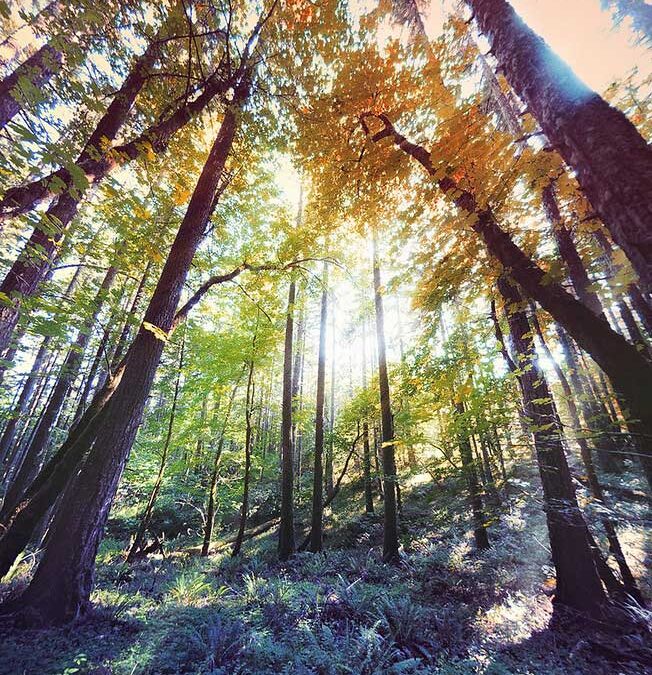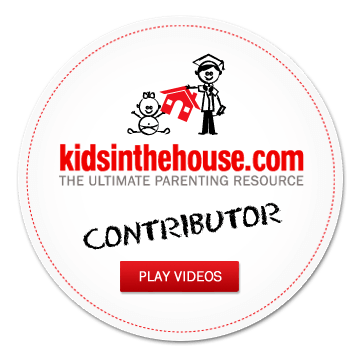Braiding Sweetgrass: a meditation on giving thanks inspired by Robin Wall Kimmerer’s beautiful book
I have found myself thinking differently about this upcoming Thanksgiving. Of course there are the basic logistical questions of what constitutes a covid-safe day and then right behind those are all the mixed feelings in response to how different this year’s holidays will be. I count my blessings more consciously now. I’m a little closer to the truths of mortality. Covid, along with the increasingly apparent impact of climate change, has highlighted the relevance of one’s individual relationship with the natural world – not as an observer or ruler, but as a participant.
One of Jung’s most useful insights was his symbolic interpretation of the spiral. He described it as follows: “The spiral in psychology means that when you make a spiral you always come over the same point where you have been before, but never really the same, it is above or below, inside, outside, so it means growth.” (Jung 5,p.21)
I feel like I am finding myself at a different point of the spiral.
I remember, when my kids were still quite young and parenting in elementary school was still pretty new to me, attending a Thanksgiving ‘picnic’ during the usual lunch recess. Roles had been assigned and some of the kids were “Pilgrims” while others were “Indians” and they dressed up accordingly. There were the same five-fingered turkeys on paper plates that I remembered from my own childhood. There was also the familiar and, at the time, comforting narrative of Native Americans welcoming English colonists and all of them sharing in the bounty of a great land.
Here’s the interesting thing to me, I was not ignorant or blithely uninformed about the harsher realities behind that anodyne narrative. My first introduction to some of those truths was reading “Bury My Heart at Wounded Knee” in high school. It was not a pretty story of congeniality and mutual support but rather one of ruthless domination to the point of an attempted genocide. It opened my eyes and broke my heart and I remain grateful to this day that I had an opportunity to read it. Yet I wasn’t actually connecting the dots between that story and the power of the cleaned up narrative my kids were being taught – that seemed harmless and fell under the rubric of ‘holiday traditions’ somehow.
Now I am less willing to participate in what seem like cultural charades and I wish to enlist myself as a positive force in the reclamation of our world. I would like my individual grain of sand to land on the side of the scale that bends towards connectivity, relationship and renewal.
I recently finished reading a book recommended by a client that I found remarkable. Braiding Sweetgrass is a beautifully written covenant with the natural world. It’s author, Robin Wall Kimmerer, is a botanist of Native American descent. As a fully fledged scientist she brings left brain rigor to her work and her students. She also brings the full weight of an Indigenous worldview that offers respect and consciousness to the plants and animals that sustain us. Her words allowed me a new way into a semi-familiar concept – a different point on the spiral if you will.
The journey of the book to the NYT bestseller list is a story in itself and reflective perhaps of the power of a quiet, heartfelt voice to find its path. The book took seven years to land on that list – no significant marketing budget, a small, independent publisher but also ever expanding circles driven by word of mouth. In an interview about the book’s success Kimmerer voices the central idea of her book which is that love will always be a more powerful, generative force than fear. We are so often driven by fear, not least the fear of death, and our consumer culture capitalizes on that with a million fomo variations. One could argue that it has become the default motivator in our culture, our go to when we want to reach people. This includes a lot of environmental activism that is understandably trying to jolt us out of our complacency.
However, I believe Kimmerer’s point stands – thinking of our responsibility to the world as a form of gratitude towards a beloved planet is a fundamentally different enterprise and infinitely more sustainable than being driven by imminent catastrophe. She believes that “We need interdependence rather than independence, and Indigenous knowledge has a message of valuing connection, especially to the humble.” These are important words for our time and point the way towards reclaiming selves that are inherently embedded in meaning and purpose – what better task than creating potential for the future?
The part of the book that I keep returning to in my mind over and over is the conferring of personhood on our fellow travelers from the animal and plant kingdoms. In fact, human people (as opposed to animal and plant people) are considered the ‘younger brothers of Creation’ – the last ones to arrive with the least experience and therefore most in need of guidance from their plant and animal elders.
Kimmerer is part of the Potawatomi Nation – it is a truth in that community that plants and animals have a common language and hold their own councils, trees are especially recognized as teachers. One of the most important teachings is the concept of the Honorable Harvest which goes like this: “to take only what is given, to use it well, to be grateful for the gift, and to reciprocate the gift.”
That teaching and many others were swept away in the colonization of this country. There were broken covenants, forced removals, humiliating land allotments and the deliberate attempt to extinguish language by mandating English only boarding schools and imposing generational separation on countless families. These are some of the same tactics that the British deployed against the Irish and that the Chinese have employed in Tibet – it’s a form of cultural genocide. The tribes in this country were scattered into a diaspora. Today the remaining Potawatomi meet in Oklahoma at their annual Gathering of Nations to create connection and renewal forged around the teaching that all flourishing is mutual.
The Onondoga Nation in upstate New York offers and teaches the Thanksgiving Address (known as the Words That Come Before All Else in the original language). This ritual teaches that every day “beginning with where our feet first touch the earth, we send greetings and thanks to all members of the natural world.”
The Thanksgiving Address, also known as Greeting and Thanks to the Natural World, is comprehensive. Kimmerer characterizes it as a material, scientific inventory of the natural world – a lesson in Native science. After all of the injustice and suffering imposed on the Indigenous people of this country there is still a vibrant culture of gratitude for the natural world that proved indestructible – and thank goodness for that.
There is so much to say about this book, page after page of insight and the keys to unlock the door to a different worldview – one that is informed by a conscious intention of gratitude which acknowledges that there is more than enough if we are good stewards. We are always returning but always to a different point on the spiral – for this November I wish to acknowledge and offer thanks for the possibility of the Indigenous worldview.
We are thankful to our Mother the Earth,
for she gives us everything that we need
for life. She supports our feet as we walk
about upon her. It gives us joy that she
still continues to care for us, just as she
has from the beginning of time. To our
Mother, we send thanksgiving, love, and
respect. Now our minds are one.
Has Braiding Sweetgrass touched your heart? If you’d like to explore your connection to nature and climate change right now contact me for a consultation.
Image Attribution: Evan


